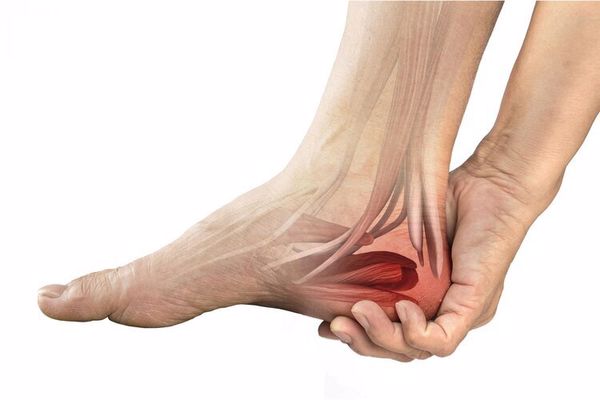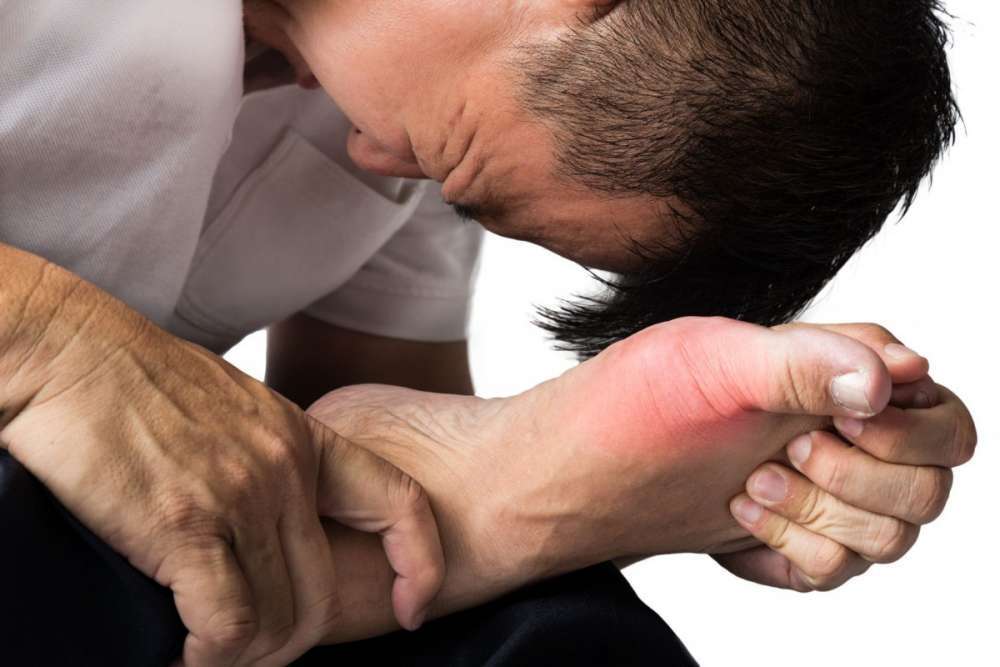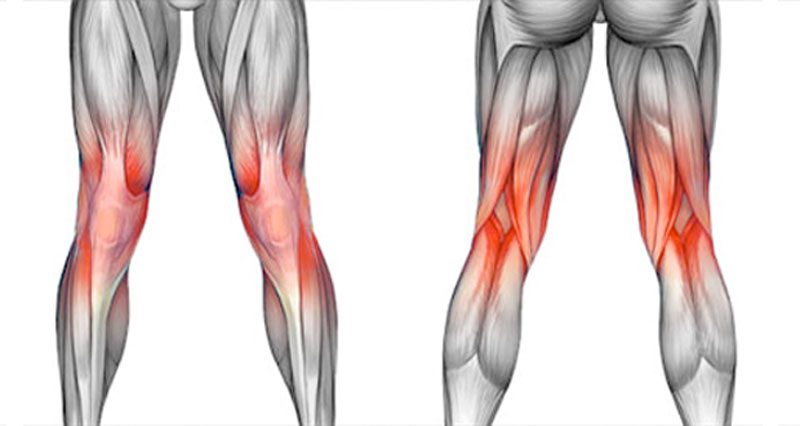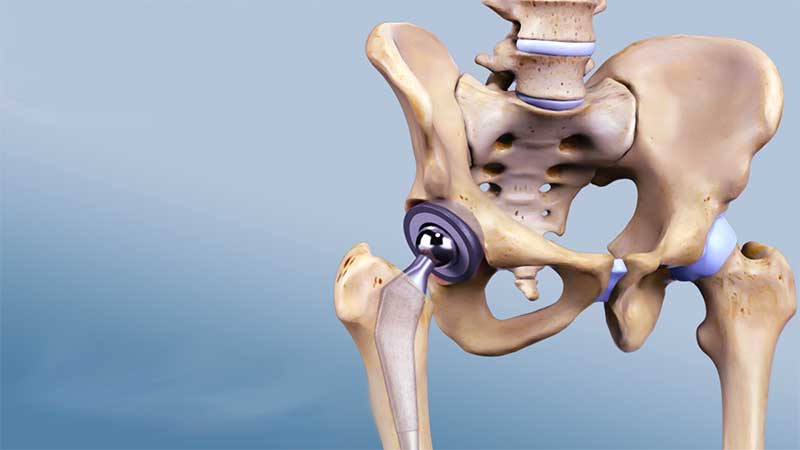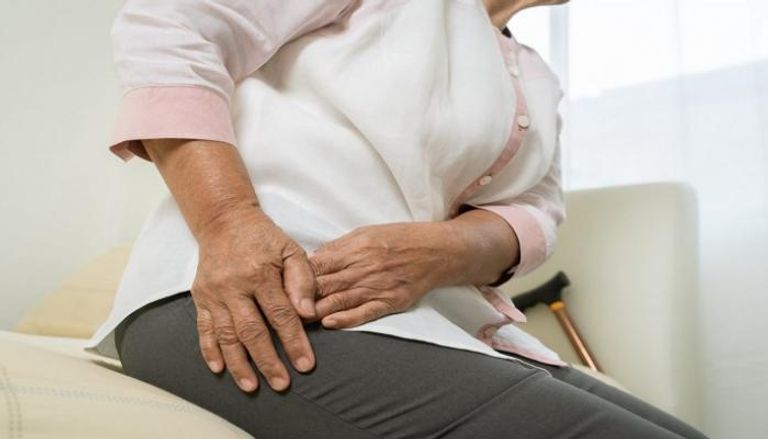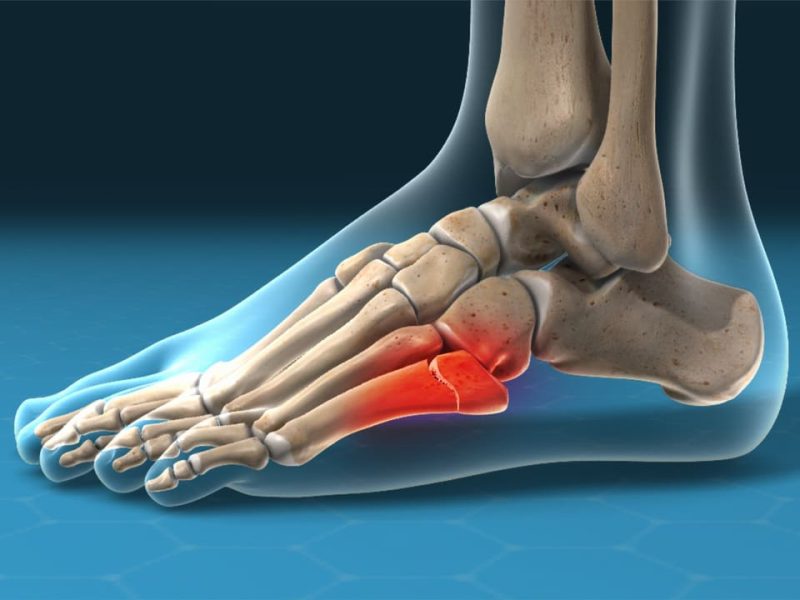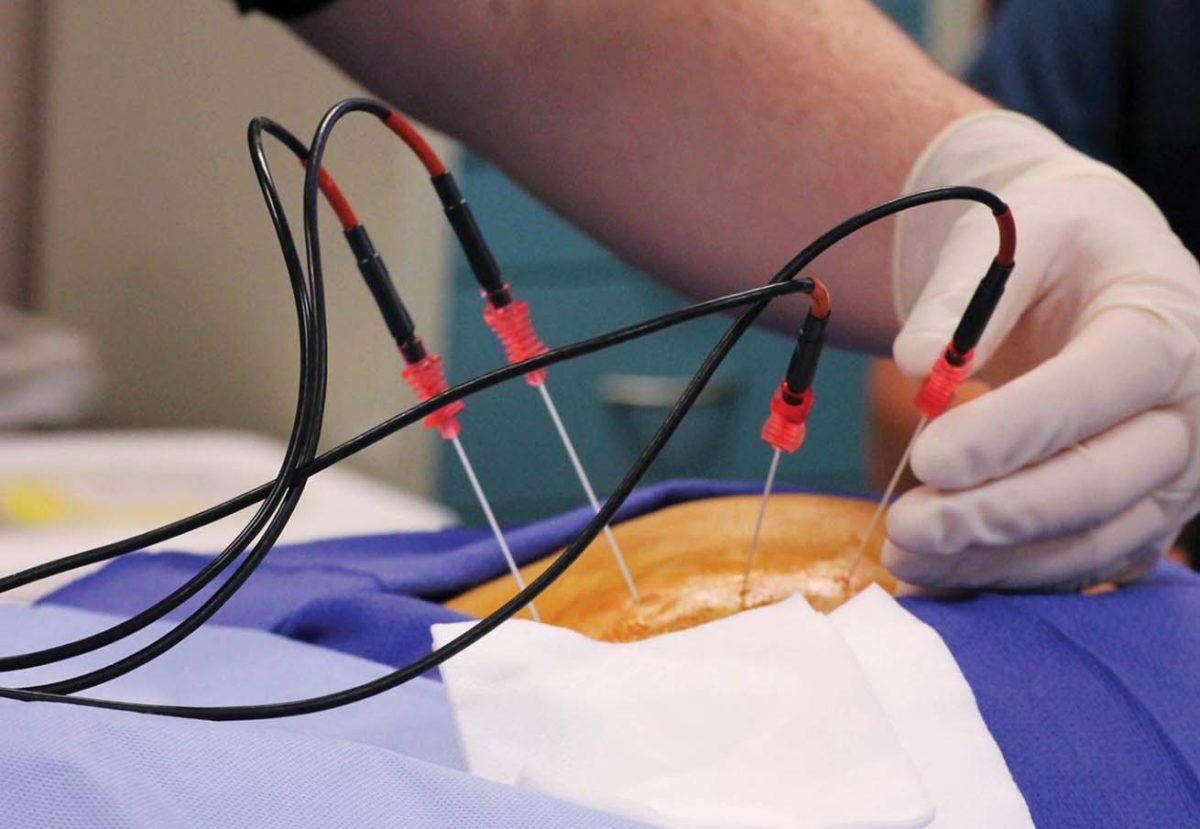What you do not know about knee sore
When feeling anything strange in the body, the individual must undergo an immediate medical diagnosis to check on his health and receive appropriate treatment for his condition. Some diseases may be simple in their inception, but with neglect, they become more complex and difficult to deal with, and in the following article we will talk about one of these diseases, which is knee ulcers, so let us read the following.
Knee sore
Some individuals neglect knee pain and do not take it seriously from its inception, and this matter causes many serious complications when this situation is kept silent from its inception, especially when suffering from knee sore, which is not considered a matter of concern unless it is not treated and neglected for a long period, and many know the pain of sore as mysterious pain.
The injury and treatment of knee sore from its inception is not a complicated matter at all, but rather it is limited to making a diagnostic endoscope or performing a simple surgical intervention with a success rate of more than 85%, while neglecting the case and leaving it in its position for a long period may eventually lead to resorting to major operations such as cartilage grafts or joint replacement.
Knee sore and its treatment
Knee sores are defined as erosion of the surface that covers the bones, causing the joints and muscles to lose their flexibility and be unable to perform their function in a normal way, and this also causes part of the bones to appear at the bottom and cartilage ulcers are more prevalent in the ankle, elbow, shoulder, ankle, and knee.
Knee ulcers are diagnosed through many methods, the most prominent of which is asking about the patient’s medical history and identifying the symptoms that appear on him, after that a CT scan is done in which the cartilage is MRI, and the most appropriate method of treatment is determined according to the extent of the injury and the patient’s health condition.
Causes of knee sores
- Fractures or accidents that result from a joint injury, such as knee fractures, or dislocations, such as dislocation of the patellar bone, or ligament injuries, such as a cut in the cruciate ligament and a cut in the posterior cruciate ligament.
- The occurrence of inflammation in the bone and cartilage dissecans.
- Early roughness and this reason is the most common, as the erosion in a small part that occurs in the cartilage appears in the x-rays in the form of cartilage ulcers.
Knee sores symptoms
Here are some of the symptoms of knee ulcers that you should consult a specialist as soon as you feel them:
- Feeling severe pain that increases from time to time, especially when moving.
- The appearance of swelling in the affected foot.
- Difficulty moving due to severe pain.
Knee sore treatment
The treatment of knee ulcers is mostly surgical, and two types of knee sore surgery are used in its treatment, namely:
- Stimulation surgeries: In this process, the doctor uses the endoscope in order to make small holes in the bones that are located below the ulcer, and this works to stimulate the bones to form cartilage that fills the ulcer, but the cartilage that is formed in this case is fibrous and not cohesive as in the articular cartilage, and for this reason, this solution is considered temporary because the cartilage will not bear pressure for long periods.
- Reconstructive surgeries: An example of this is the self-grafting of cartilage, and in that process, the doctor fills the ulcers with articular cartilage, and this is by making patches for the sore using some special tools that take the articular cartilage from the knee from places that do not bear any weights and are installed in the place of the ulcer.
Herbal treatment of knee ulcers
Many herbs are used to treat knee ulcers and relieve their symptoms, in addition to other problems that afflict the individual in the knee area, such as:
- Aloe vera: It is considered one of the most common medicinal herbs because it has many benefits in treating small skin wounds and reducing joint pain, it is placed directly on the knee area and is characterized by the fact that it does not have any side effects.
- Indian incense: It is extracted from the gum of the original Boswellia trees in India, and it has a major role in treating infections. This herb is available in the form of topical tablets and creams.
- Cat’s Claw: This herb contains many anti-inflammatory properties and reduces joint swelling and pain.
- Eucalyptus: This herb contains many benefits that make it able to relieve pain and calm inflammation, but an allergy test must be performed before using it for 24 hours.
- Ginger: Its use is very common in the kitchen and it is added to many foods. In addition to that it contains many benefits, it also works to calm inflammation and reduce the pain resulting from it.
- Green tea: It has many benefits and can greatly soothe inflammation, especially those related to joints, and it is taken as a drink or as a tablet in the mouth.
- Turmeric: It contains curcumin, which has many anti-inflammatory properties, which is why it is very effective in relieving pain and calming swelling.





